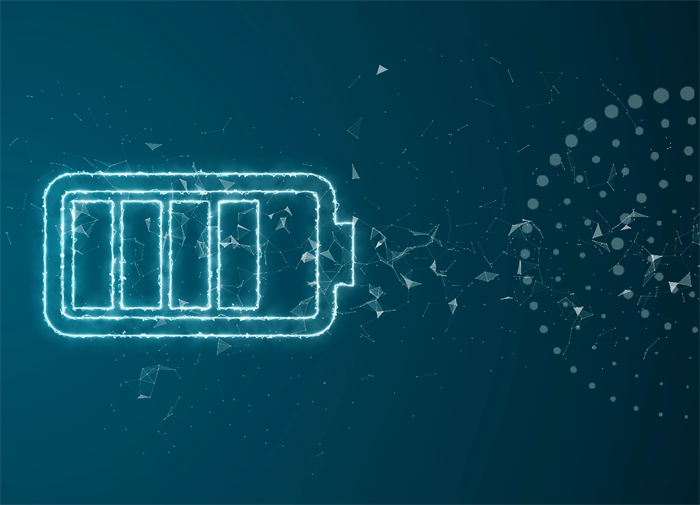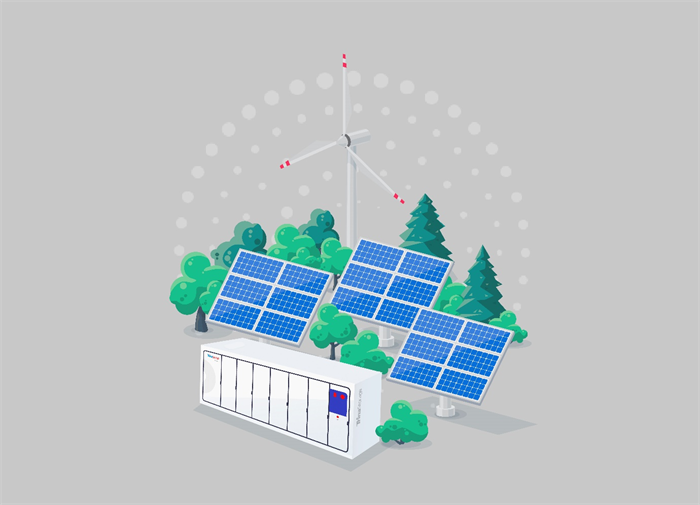
After catastrophic events such as a hurricane, it is often seen that the only remaining powered areas of a city are like "islands of light in a sea of darkness" which are made possible by the deployment of Micro-grids.
It is no secret that energy grids in many parts of the world struggle to keep the power flowing in the wake of climate disasters like hurricanes, earthquakes and wildfires, causing outages which impact local economies and can put lives at risk.
Deployment of this technology is expected to grow rapidly to increase grid reliability and mitigate the increasing risk of outages due to our antiquating power grids or natural disasters.
Even though micro-grids have been around for a while now, until recently, they were used only by a limited number of users such as hospitals, large commercial businesses and the military. The total number is therefore still relatively small, however, following continuous development of this technology during the intervening time it has been demonstrated that the technology can deliver huge real world benefits.
What is a micro-grid?
A micro-grid is often wrongly described as a simple distributed or backup energy system, such as rooftop solar panels or emergency generators. A key difference is that a proper micro-grid will keep the power flowing when the central power grid fails, while a solar panel or generator alone will not do this, unless it is connected through intelligent systems.
● A micro-grid is local
Local energy produced and managed for nearby customers. This is different from the national size central power grids which we have relied on for the past century. Central power grids push electricity from power plants over long distances which is very inefficient and loses around 10% to 12% in doing so. Micro-grids overcome this inefficiency by generating power close to those it serves.
● A micro-grid is independent
While micro-grids can be fully independent, most of the time they do not need to be, unless they are geographically remote where there is no central power grid. Instead, micro-grids typically remain connected to the central power grid whilst it is operating normally. If the central power grid suffers an outage, the micro-grid will disconnect and become independent. The larger the central power grid, the more prone it is to outages.
For example: when a storm brings down the central power grid in a region, this "intelligent islanding" will enable power to be supplied to its customers from the micro-grids local resources.
● A micro-grid is intelligent and automated – no human intervention is needed
This intelligence is typically enabled by a micro-grid controller system which automatically monitors and subsequently manages the micro-grids resources and energy to achieve its customers pre-programmed goals, whether this is to realise the lowest prices, cleanest energy, greatest reliability etc by switching resources.
For example: in addition to providing the basic detection and switching to ensure effective "islanding", an advanced controller (energy management system) can for example also track real-time changes in the power prices on the central grid to decide the optimum time to buy or sell its energy and manages the status of its resources such as solar production and battery charge/discharge direction etc.

The different types of micro-grids
Remote Microgrids
A remote micro-grid is one which is physically independent from the grid network and operates as an "island" at all times. Remote micro-grids, often referred to as "off-grid micro-grids" are used in remote locations that provide economic and environmental benefits utilising renewable energy sources like solar or wind energy. Battery energy storage systems (BESS) are a key consideration here for backup power replacing expensive, noisy, polluting diesel generators.
Grid connected micro-grids
A grid connected micro-grid is one which has a physical connection to the grid network but is able to disconnect and switch to "island mode" when required as well as for use in the case of emergency power backup. By serving a relatively small geographic area, grid connected micro-grids offer economic viability for schools, hospitals, military bases and important commercial or industrial buildings. This type of micro-grid is effectively invisible to the user until it is needed.
Networked micro-grids
These types of Microgrids consist of distributed energy resources and/or Microgrids that are connected to the same network grid in order to serve a wider geographical area. Networked Microgrids are very flexible in their architecture and are managed and optimised by an over-arching control system to coordinate each deployment depending on the need of the specific network application. The Smart Cities concept is a great example of networked Microgrids.

What are the main benefits?
Microgrids improve grid robustness, reliability and enhance resilience for core essential services. During power outages caused by major storms for example, Microgrid connected buildings are often the only powered "islands" in an area. Here are three main benefits:
- Microgrids can lower energy costs for the consumers and businesses connected to them by ensuring minimal usage from the grid as well as providing additional revenue streams by selling excess energy back to the grid.
- Microgrids improve the environment and promote clean energy as they are designed to be self-sufficient to use renewable energy sources to recharge the battery system.
- Microgrids strengthen the central power grid by offering their capacity as an asset to be utilised by the grid for other stabilisation functions.
Microgrid technology is continually evolving to deliver a transformative vision of how energy can be reliably and efficiently distributed at a local and national level in a cost effective and decentralised way. When viewed in context of some areas of our existing antiquated power grids which will cost millions to replace or transform to a "fit for purpose" standard, it is clear that distributed power is the way forward.
At Trina Storage, we're excited to be at the forefront of sustainable microgrid technology that's changing the way communities, local authorities and businesses think about energy consumption and resilience, in a cost-effective and environmentally friendly way.

